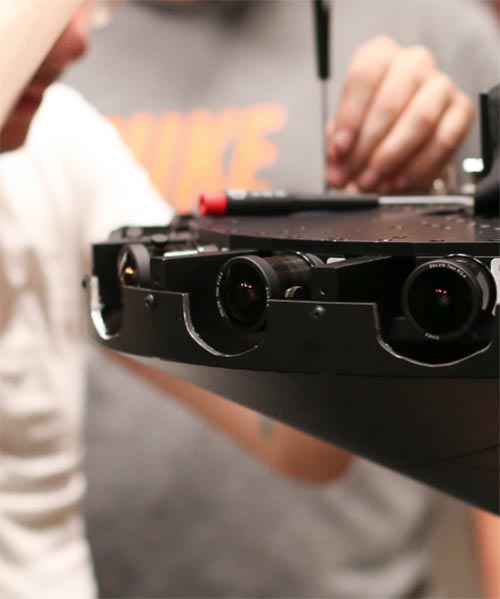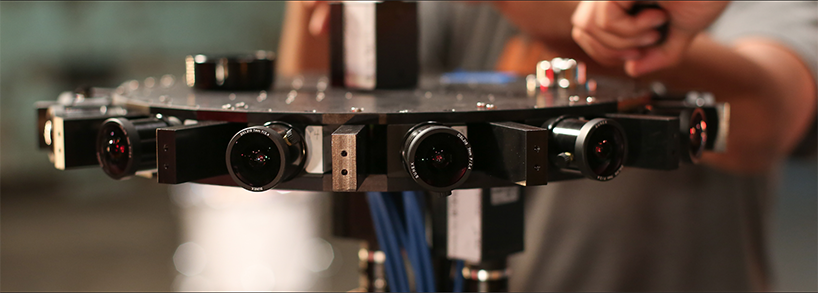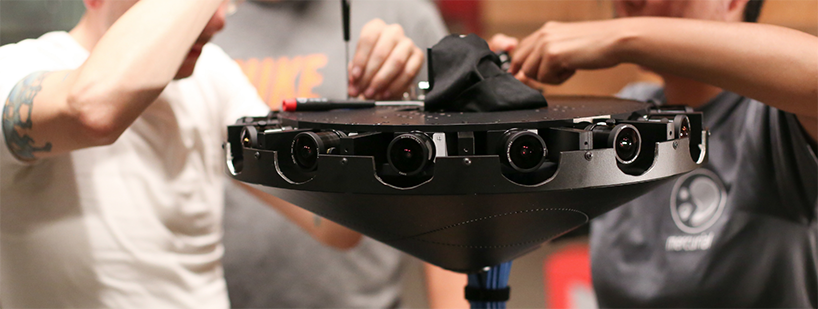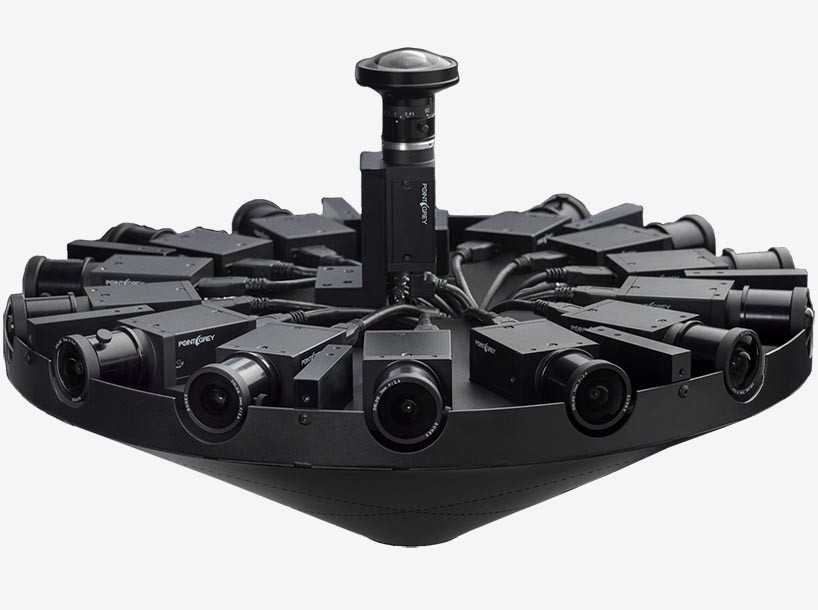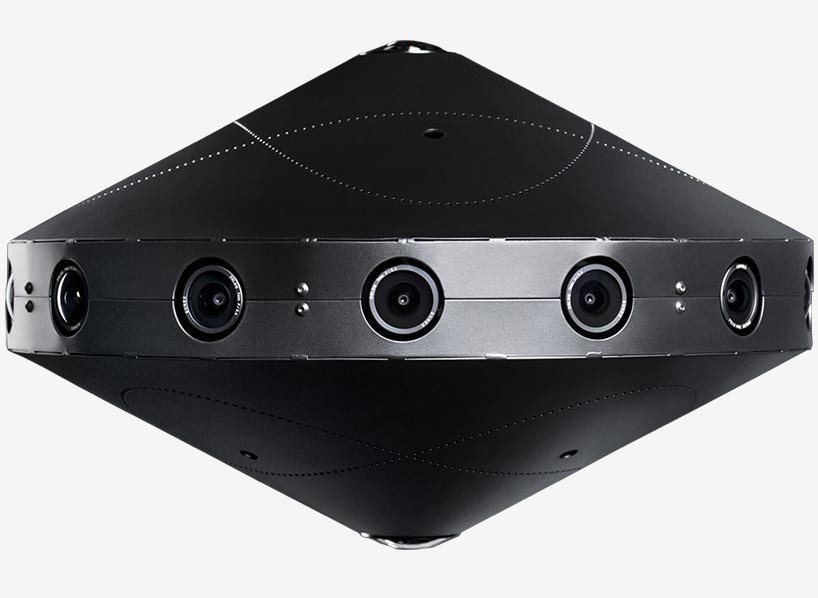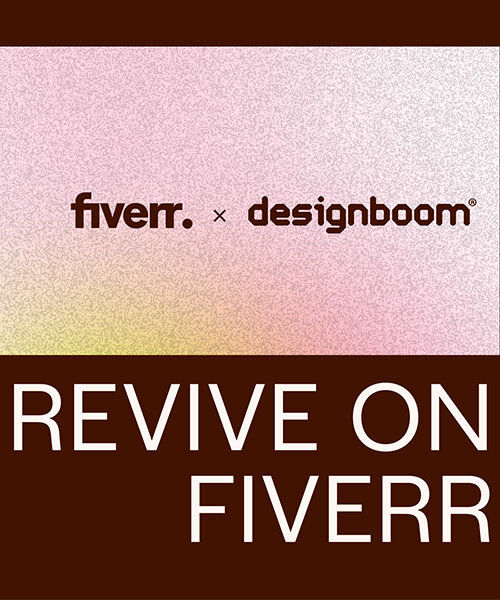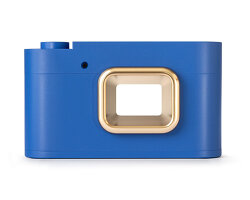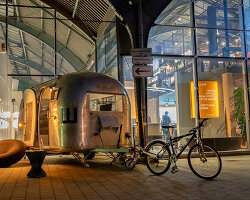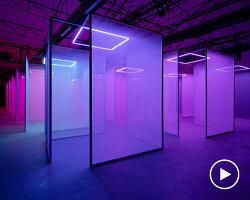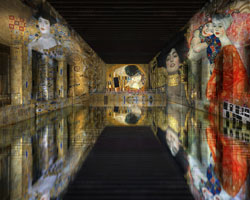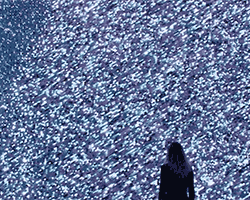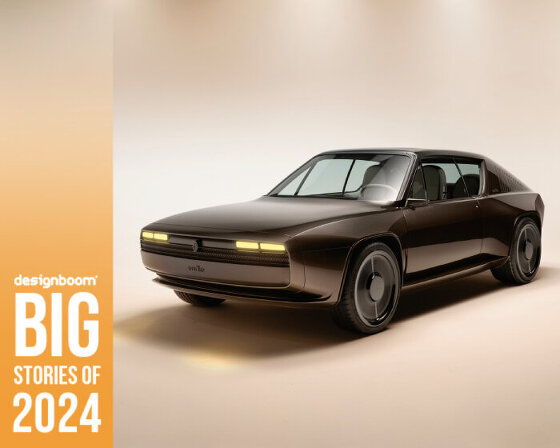KEEP UP WITH OUR DAILY AND WEEKLY NEWSLETTERS
explore the top 10 production and concept cars of 2024, from returning vehicles like honda’s HP-X and luca trazzi’s porsche 911 speedster to design tributes as seen in the jaguar-inspired supercat.
broken pieces of soft mirrors are pieced together using medical cotton gauze and 18-carat gold finishing, while the electric components installed allow them to move autonomously.
to top off the recreated design, the studio includes a mcfly punk hoverboard and cap alongside a PEPSI bottle for their custom model.
using a model from 1990s, the trio turns the vehicle into an automotive art piece with boom boxes on the removable roof.
